Remembrance
A poignant exhibition that explores the tradition of remembrance and its origins following the First World War.

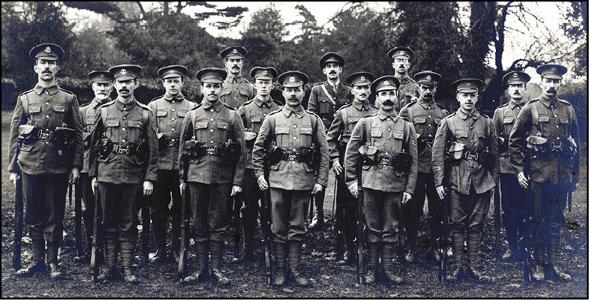
The sheer scale of the loss of life meant that new methods of commemoration were deemed necessary.
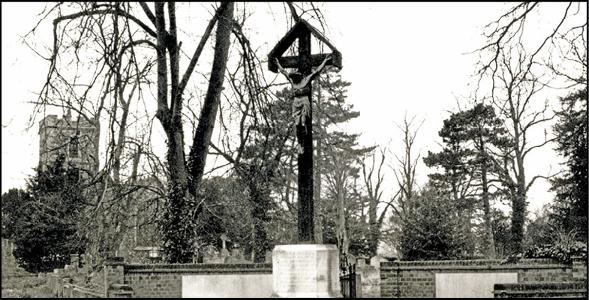
Remembrance of the First World War dead followed specific guidelines. Even the letter fonts used on war graves were specifically designed.
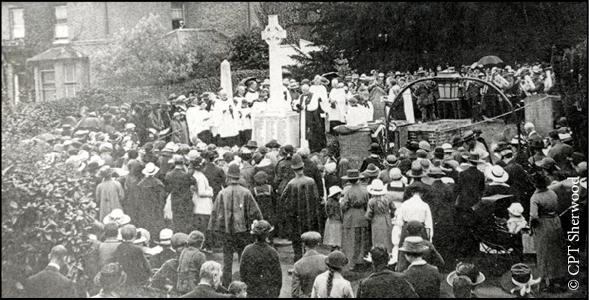
After 11 chimes from Big Ben, there was the very first observance of the two minutes' silence, a gun salute, and the sound of pigeons taking flight.
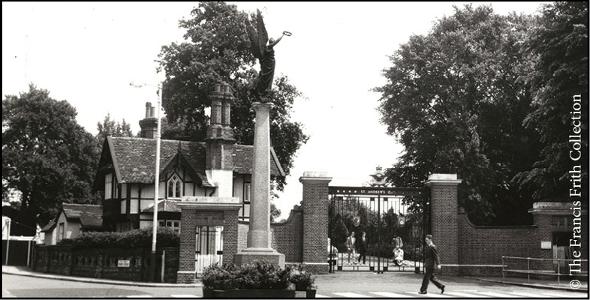
Of all the enduring symbols of remembrance, the red poppy is the most well-known.
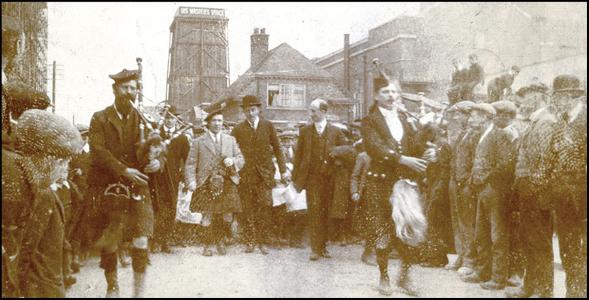
Remembrance was not always straightforward - especially for the friends and families of the fallen. Many found it difficult to deal with their loss.
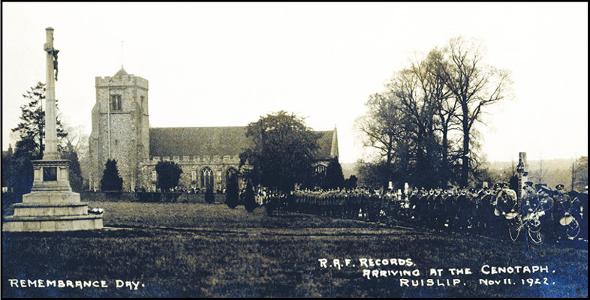
The community spirit that had seen local men enlist together at the start of the First World War was often reflected in its commemoration.
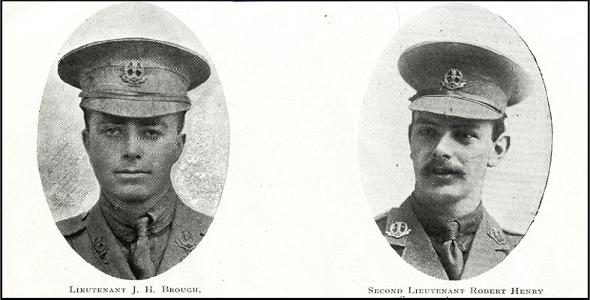
Local memorials came in a range of physical formats, from remembrance books and rolls of honour to furniture and artwork.
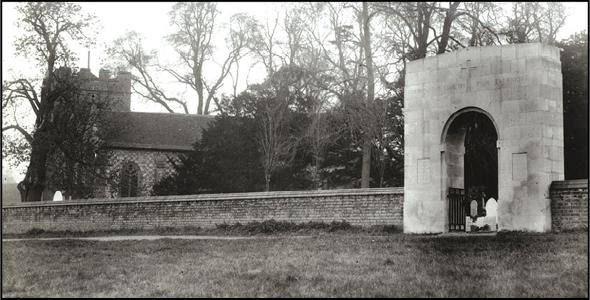
More than 250,000 soldiers from Canada, Australia, India, New Zealand, Africa and the Caribbean lost their lives.
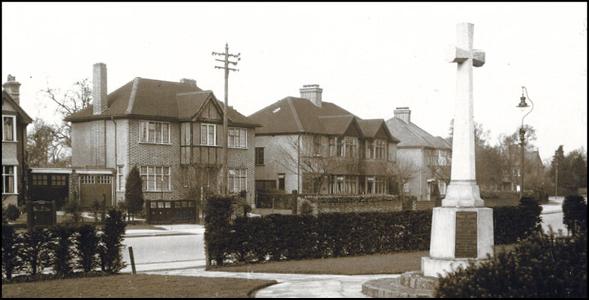
After the First World War, there was a debate over the commemoration of those who had adopted non-combatant roles on the grounds of conscience.
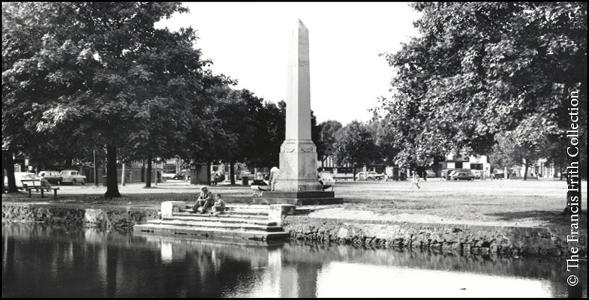
Many men and women contributed to the war effort without being on the front line. Some lost their lives in air raids or industrial accidents.